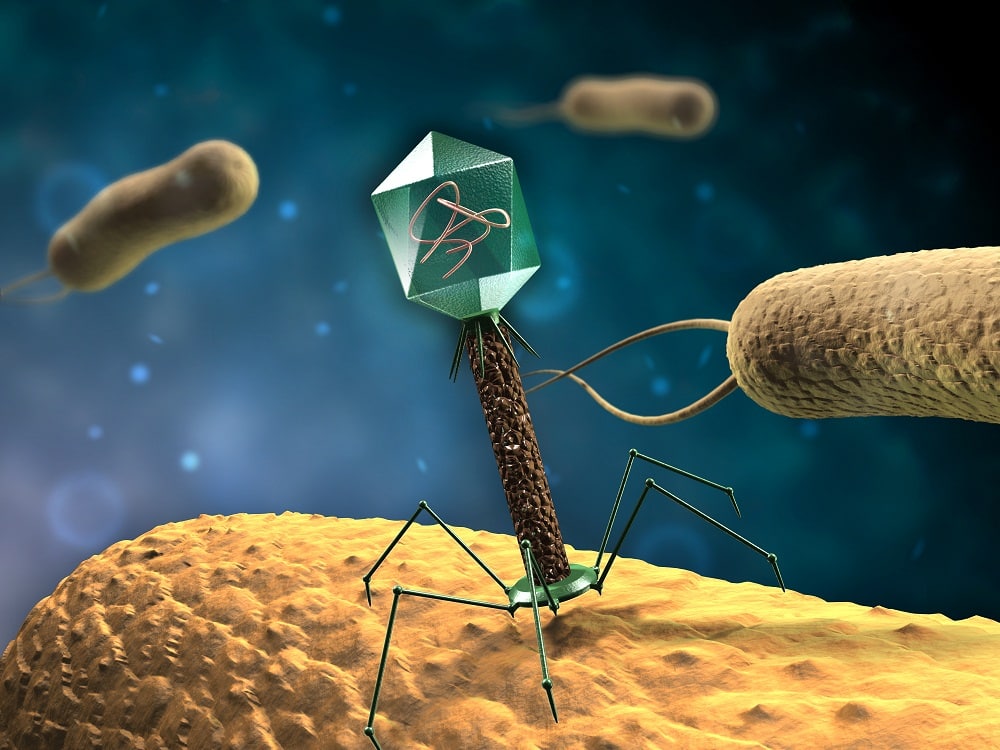Scientists Design Novel Technology Platform to Reboot Bacteriophages
The unique host specificity and antimicrobial activity of bacterial viruses have inspired many diagnostic and antibacterial applications in industry, agriculture, and medicine. Because of the rise in antibiotic-resistant infections, phage therapy is a reemerging field of interest.
Specially, the engineered strains of bacteriophages provide powerful tools for biotechnology, diagnostics, pathogen control, and therapy. However, current techniques for phage editing are experimentally challenging and limited to few phages and host organisms.
In this direction, scientists at ETH Zurich, led by Martin Loessner, Professor of Food Microbiology, have now developed a technology platform that allows them to systematically modify and customise bacteriophages. The platform technology enables rapid, accurate, and selection-free construction of synthetic, tailor-made phages that infect Gram-positive bacteria.
The new phage workbench allows such viruses to be created very quickly and the “toolbox” is extremely modular: it allows the scientists to create almost any bacteriophages for different purposes, with a great variety of functions.
“Previously it was almost impossible to modify the genome of a bacteriophage,” Loessner says. On top of that, the methods were very inefficient. For example, a gene was only integrated into an existing genome in a tiny fraction of the phages
. Isolating the modified phage was therefore often like searching for a needle in a haystack.“In the past we had to screen millions of phages and select those with the desired characteristics. Now we are able to create these viruses from scratch, test them within a reasonable period and if necessary modify them again,” Loessner stresses.
In the course of the study, the team used synthetic biology methods to plan the genome of a bacteriophage on the drawing board and assemble it in a test tube from DNA fragments. At the same time new, additional functions were incorporated in the phage genome, such as enzymes to dissolve the bacterial cell wall.
They were additionally able to remove genes that give a phage unwanted properties, such as the integration into the bacterial genome or the production of cytotoxins.
In order to reactivate a phage from synthetic DNA, the genome was introduced into spherical, cell wall-deficient but viable forms of the Listeria bacterium (L-form Listeria). Based on the genetic blueprint, these bacterial cells then produce all the components of the desired phage and ensure that the virus particles are assembled correctly.
The team, with this project, has undoubtedly made a giant stride towards applying synthetic bacteriophages for use in therapy, diagnostics or the food industry. The scientists are thus managing to overcome constraints associated with the use of naturally occurring phages. “Our toolbox could help to exploit the potential of phages,” Loessner says.
The researchers have applied for a patent for their technology. They next hope to find licensees to produce the phages for therapy and diagnostics.






























